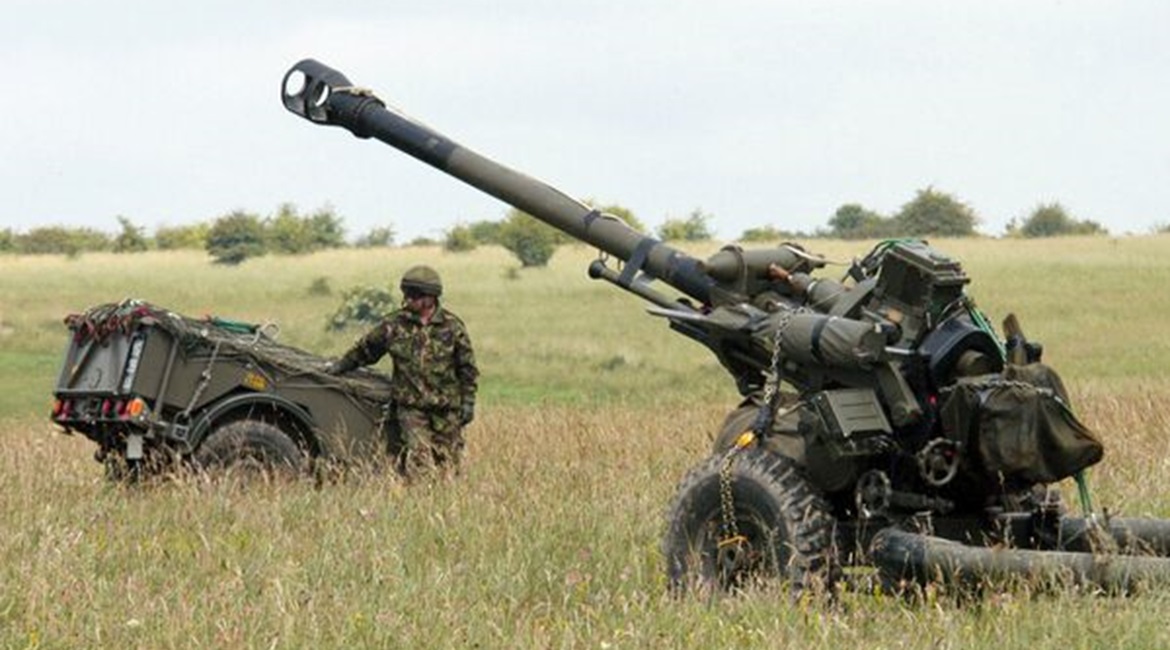
The UK's Defence Science and Technology Laboratory (Dstl) is leading a programme, referred to as the Light Fires Platform (LFP), to study a potential replacement for the towed 105 mm L118 Light Gun.
The LFP effort is at a pre-concept phase that is now in its second year and is due to be completed in 2022, according to Ricky Hart, principal advisor for Land Weapons and Land Fires at Dstl.

An L118 Light Gun waiting to be airlifted by an RAF Chinook. (Janes/Patrick Allen)
Hart said unmanned, autonomous, and self-propelled concepts are being considered for technology development.
According to Dstl, “The study is investigating and evaluating multiple calibres and advanced projectiles in order to increase range, improve end effect, improve accuracy, improve tactical/strategic mobility, and reduce crew members.” High-explosive, illumination, smoke, and terminally guided rounds could potentially be fired.
Potential options could include a more mobile 105 mm weapon, 120 mm mortar, or a 5 inch (127 mm) naval weapon. An artist's impression, released by Dstl as an example, showed a mobile 4×4 platform armed with a 105 mm weapon.
First production 105 mm L118 Light Guns were completed for the Royal Artillery in 1974, with the most recent upgrade being the installation of Leonardo's Laser Inertial Navigation Artillery Pointing System, which is also referred to as an Artillery Pointing System.
The maximum range of the current 105 mm L118 Light Gun, firing the L31 high-explosive projectile, is 17.2 km.
Under the latest British Army reorganisation, two Heavy Brigade Combat Teams (HBCT) will be equipped with an artillery system selected for the upcoming Mobile Fires Platform (MFP), which will be a 155 mm/52 calibre system that could be tracked or wheeled.
Looking to read the full article?
Gain unlimited access to Janes news and more...






